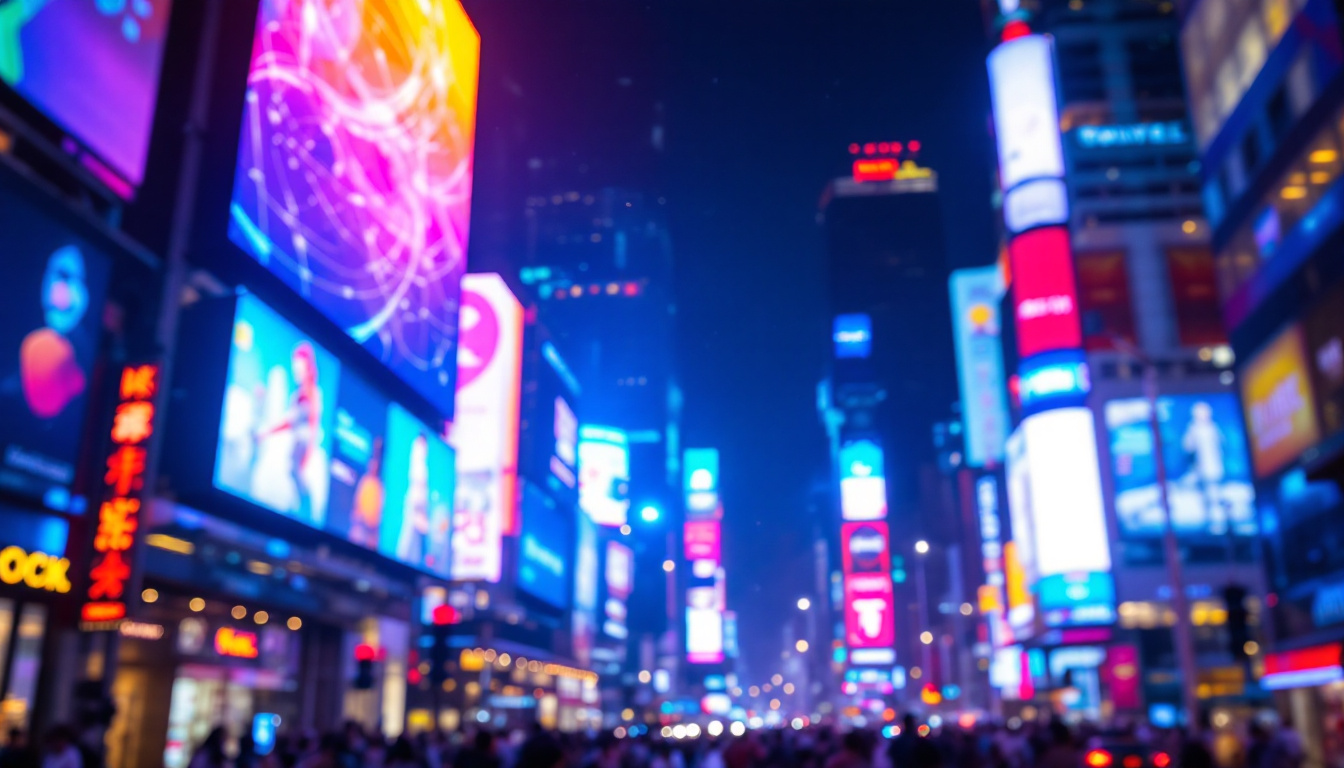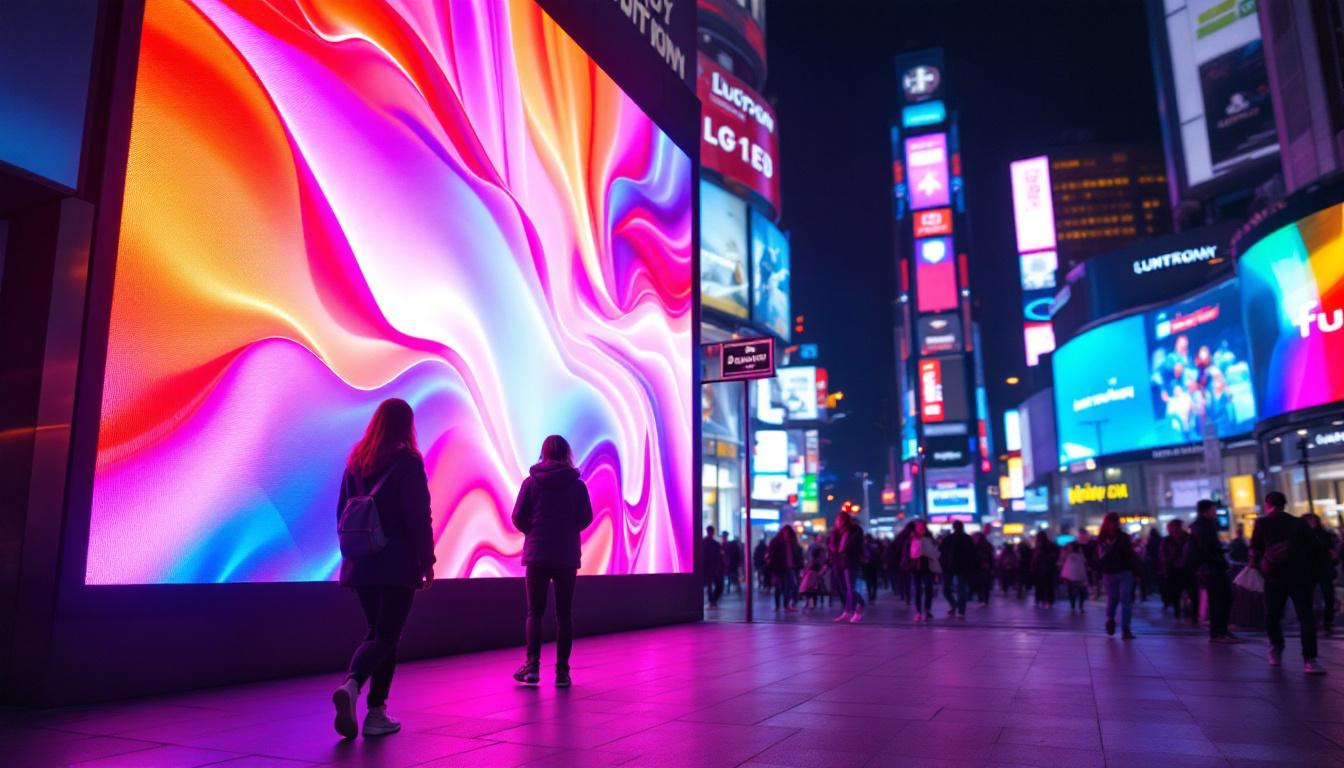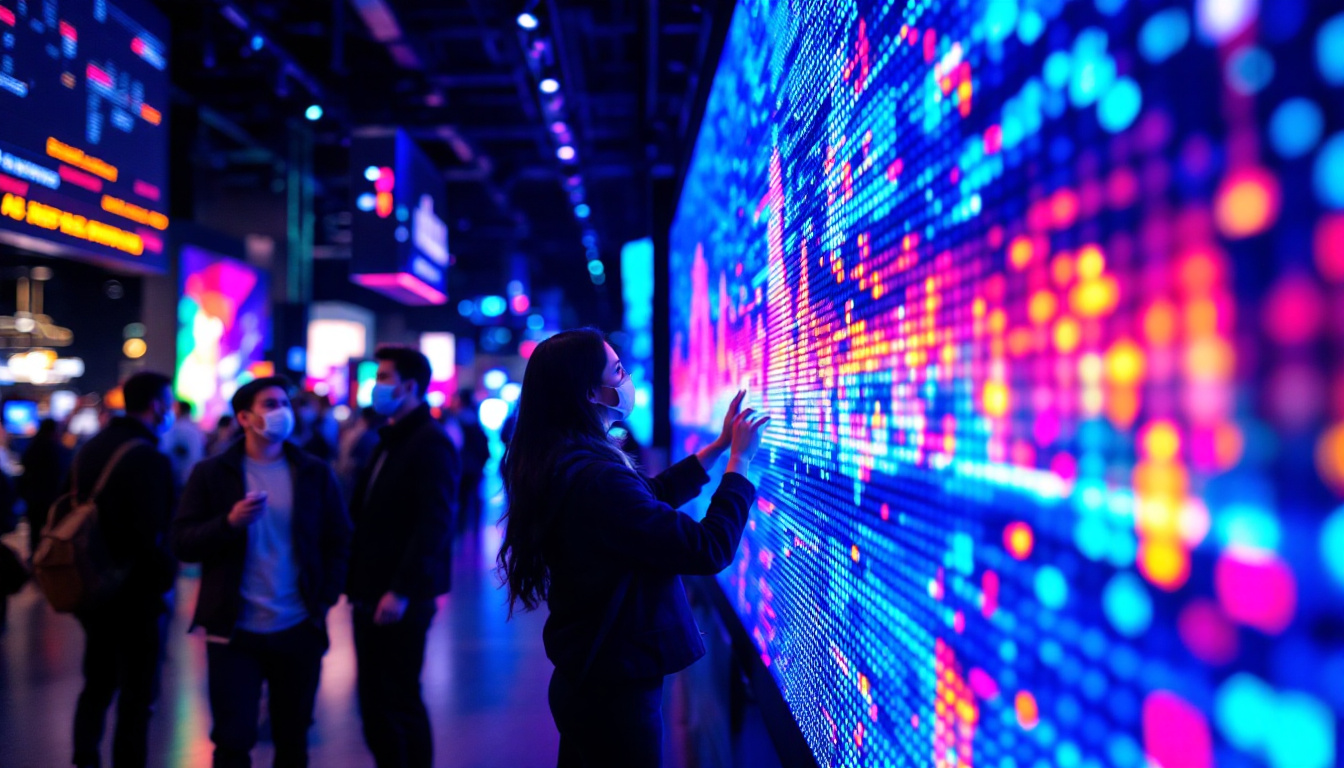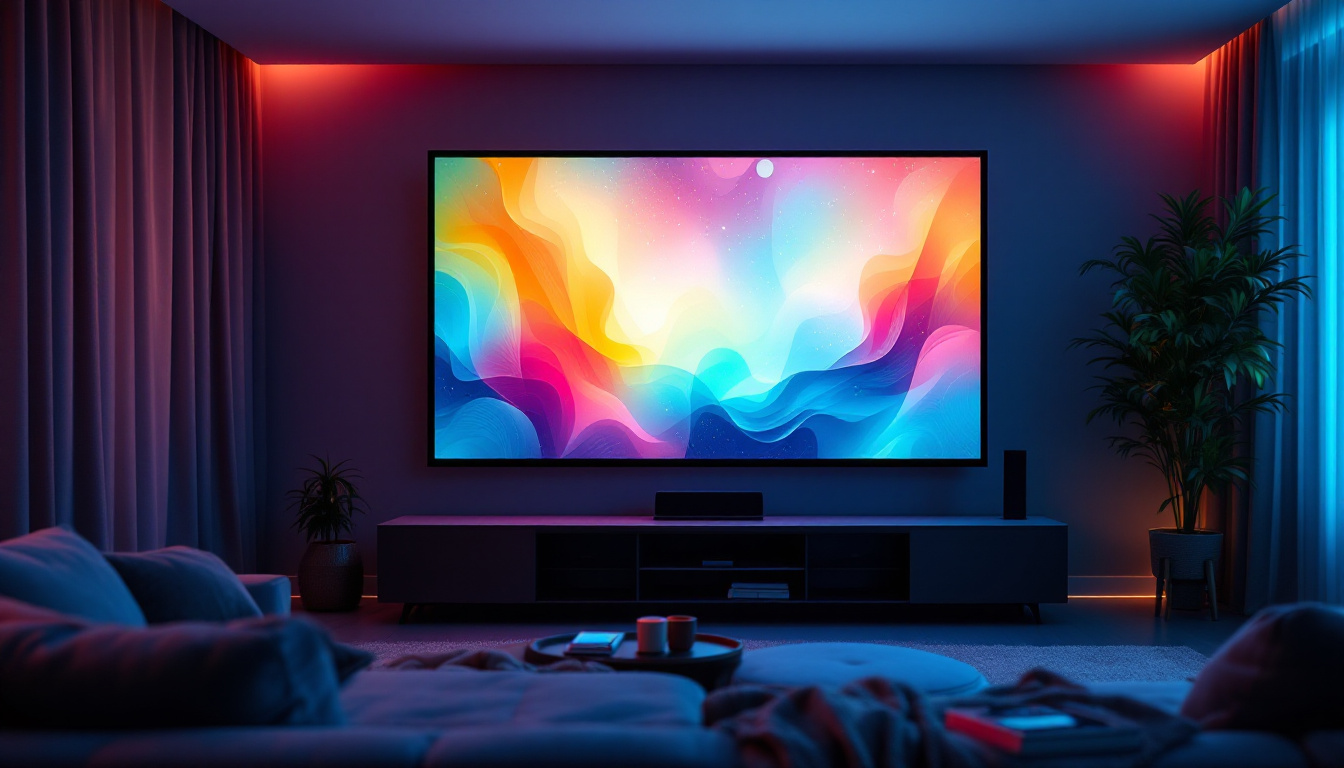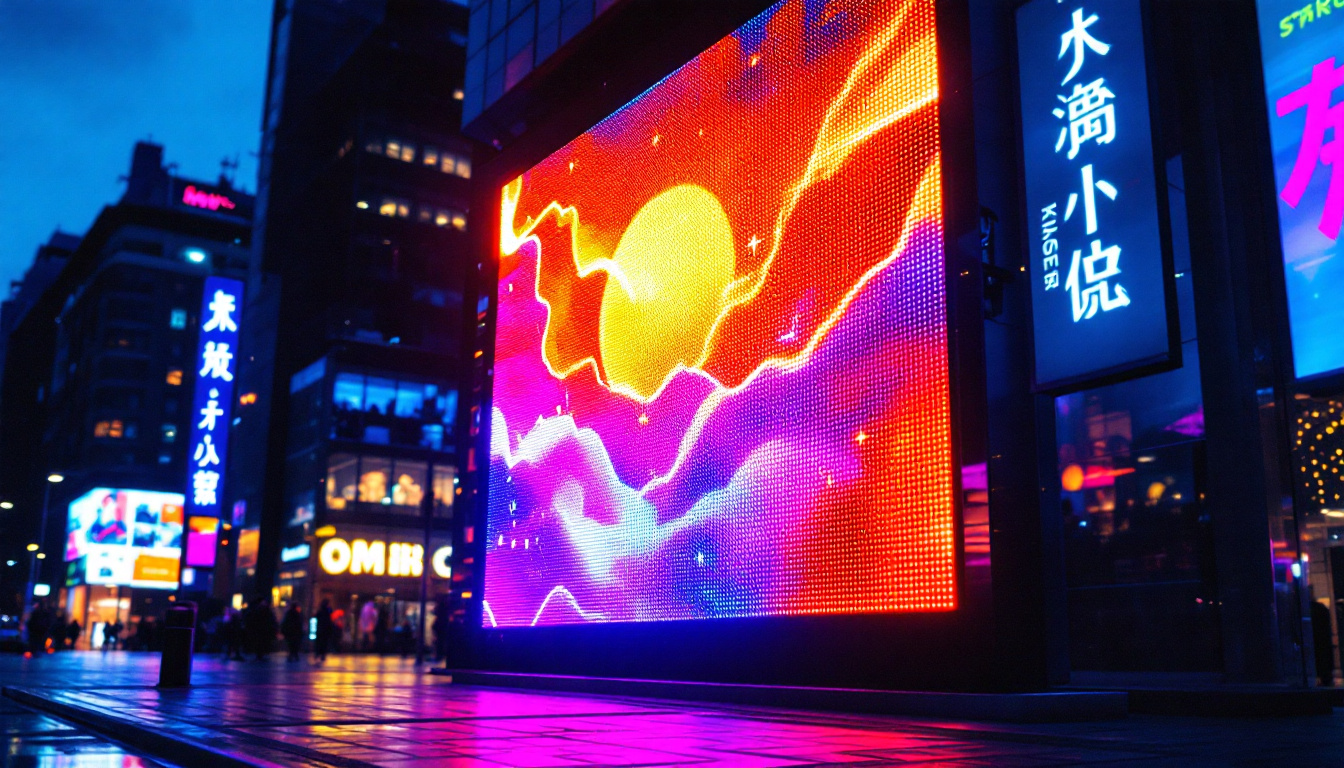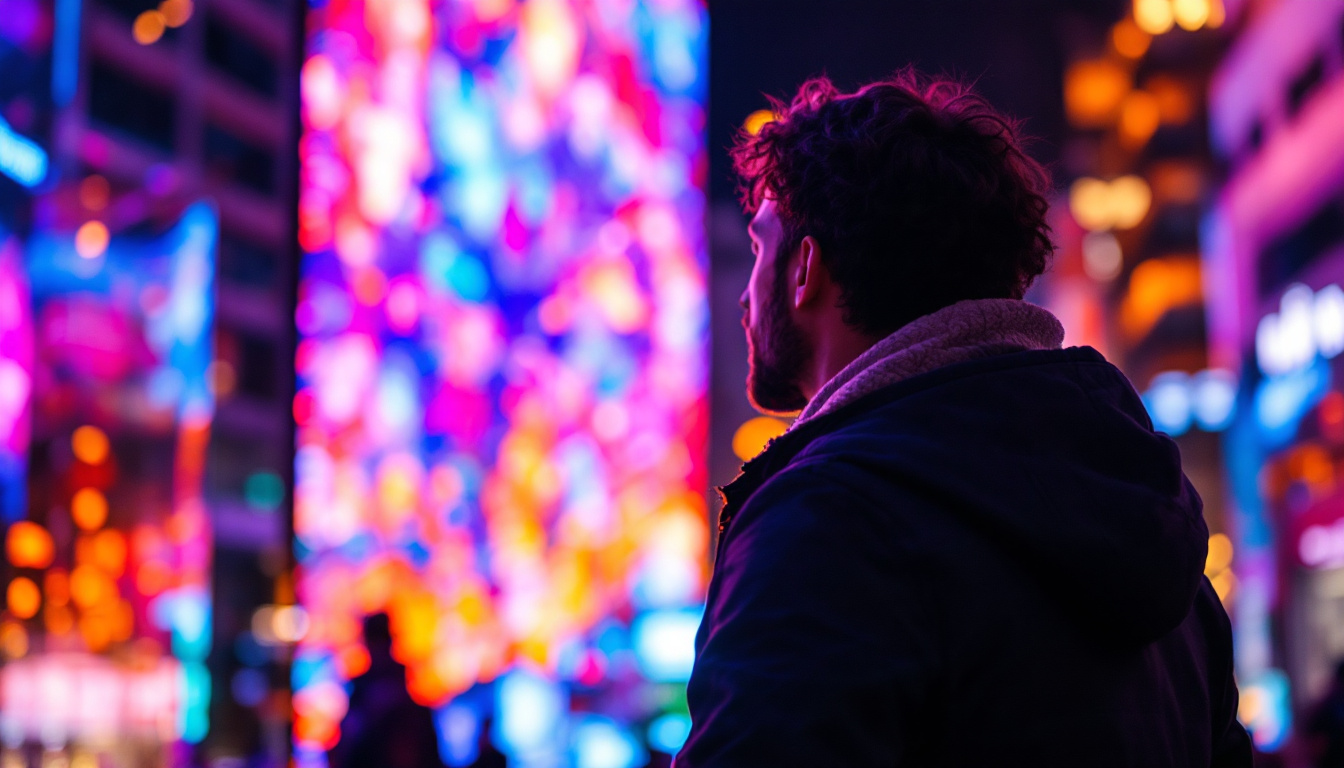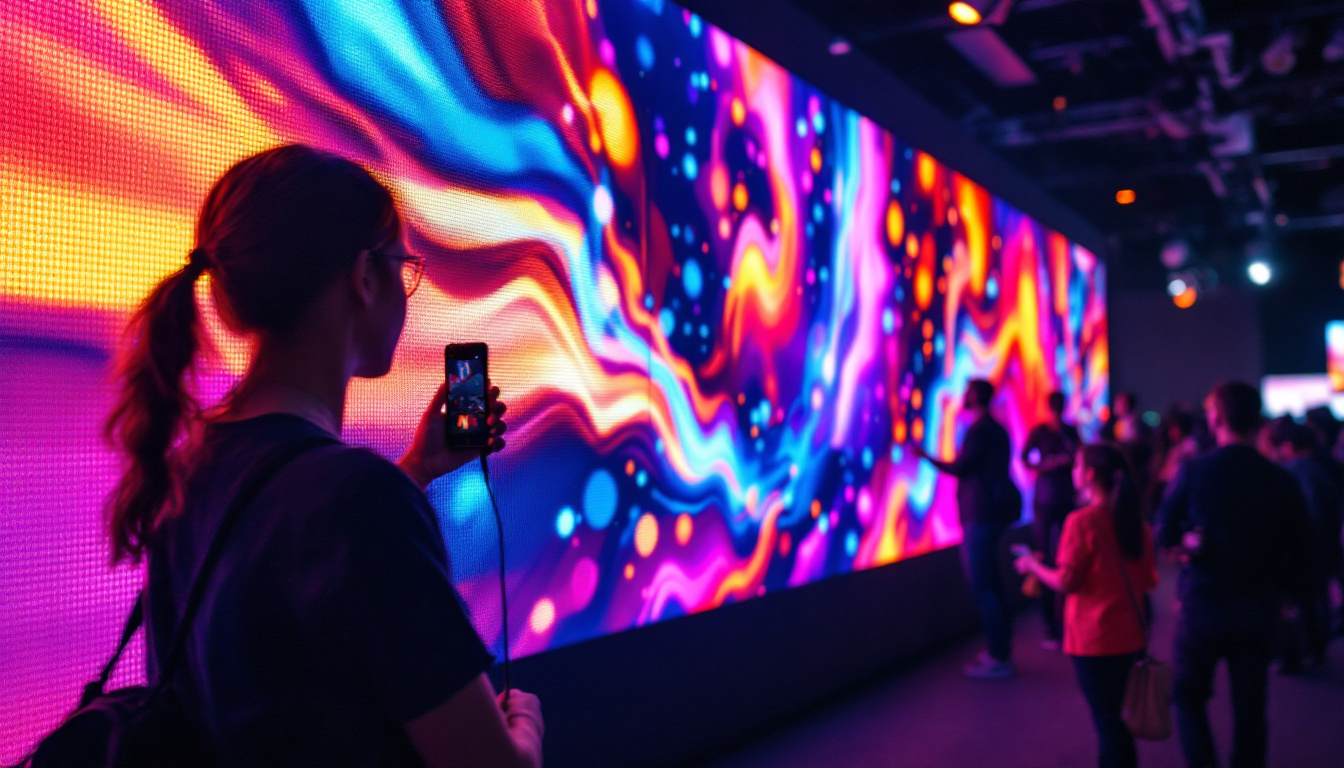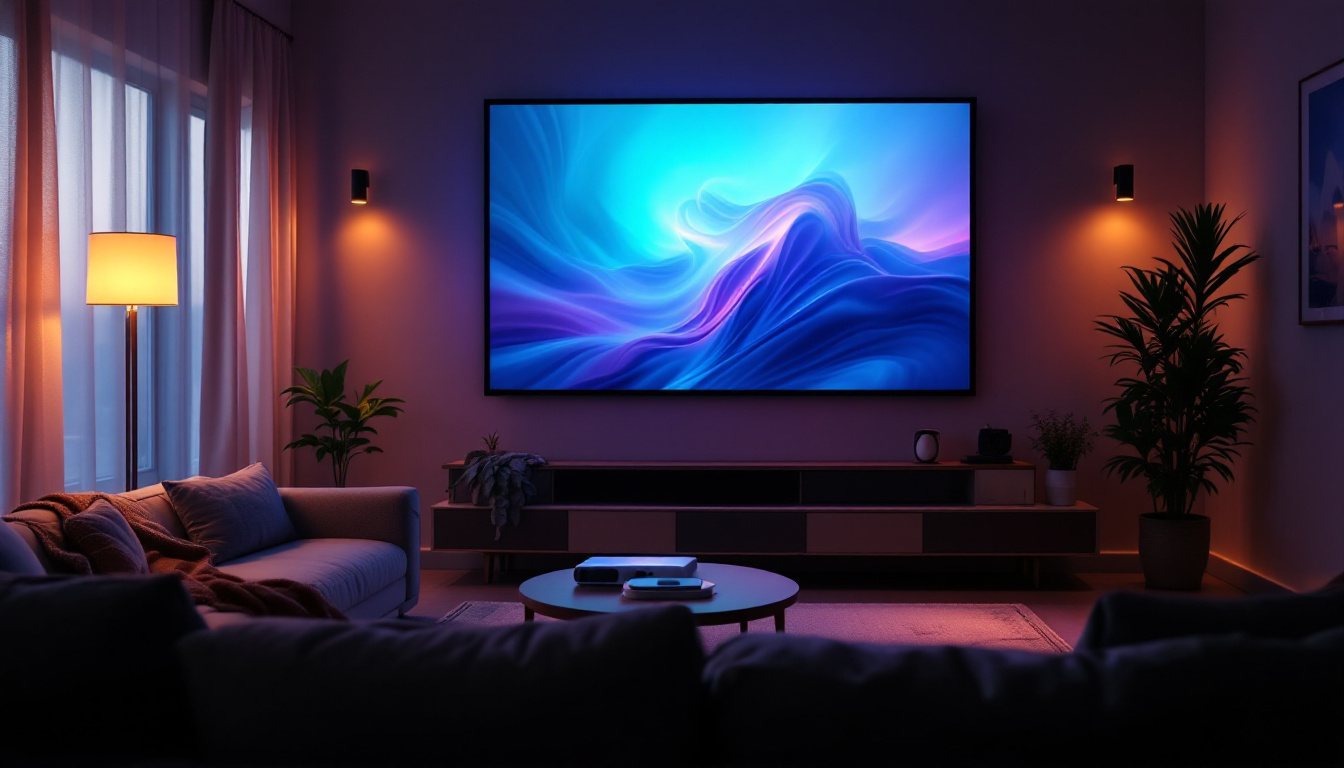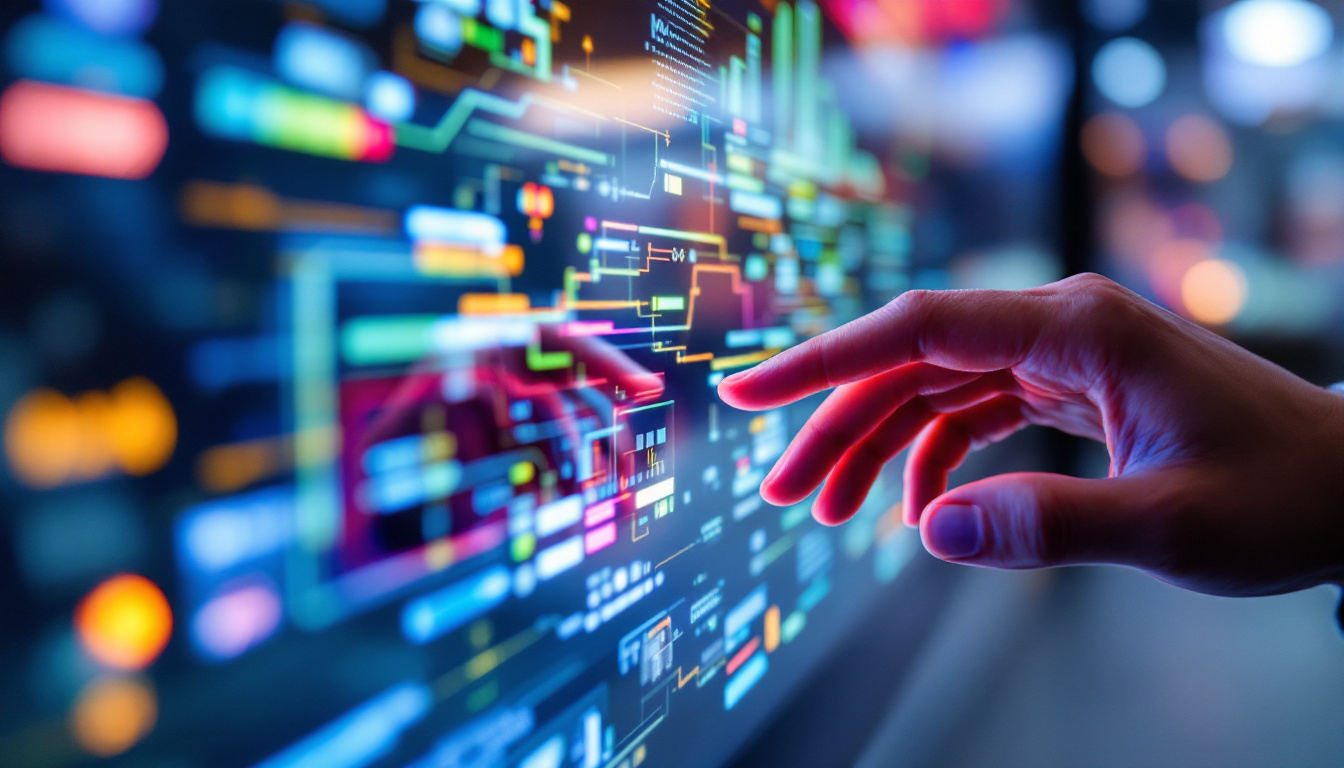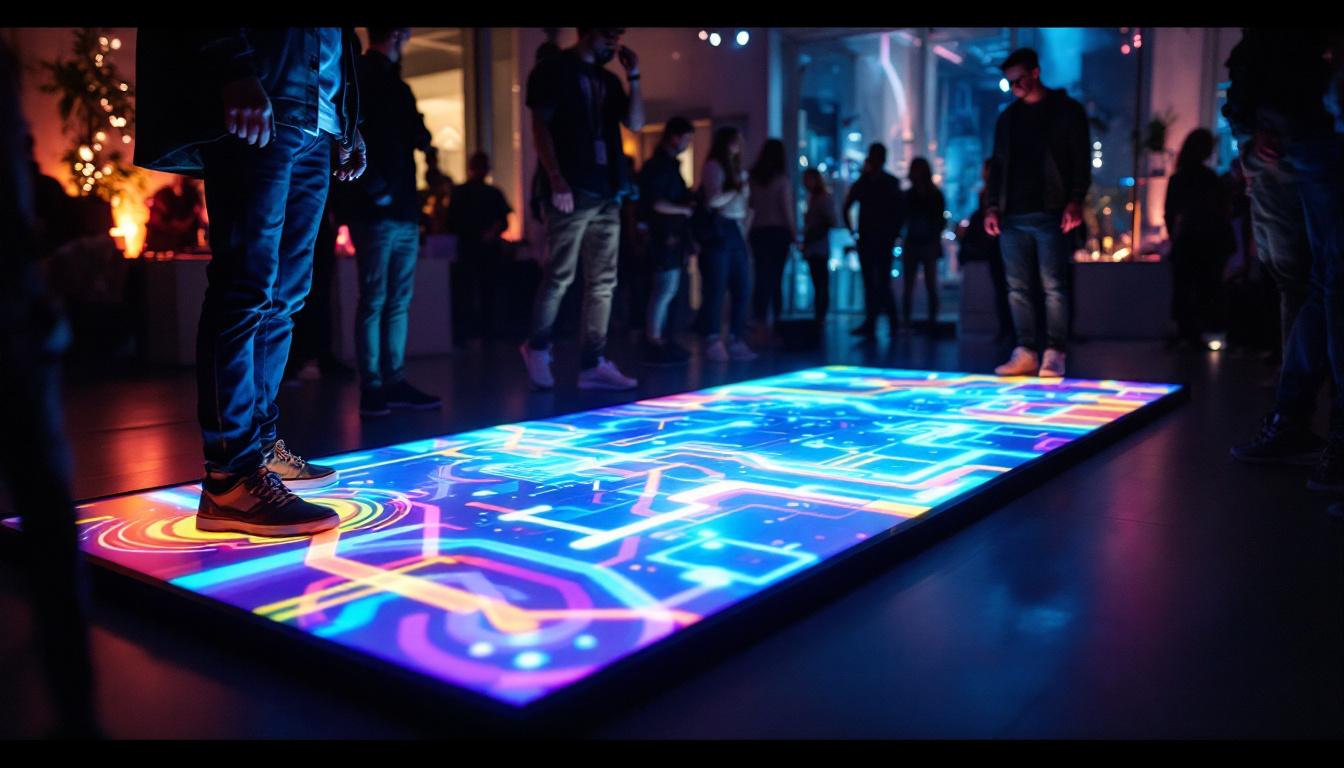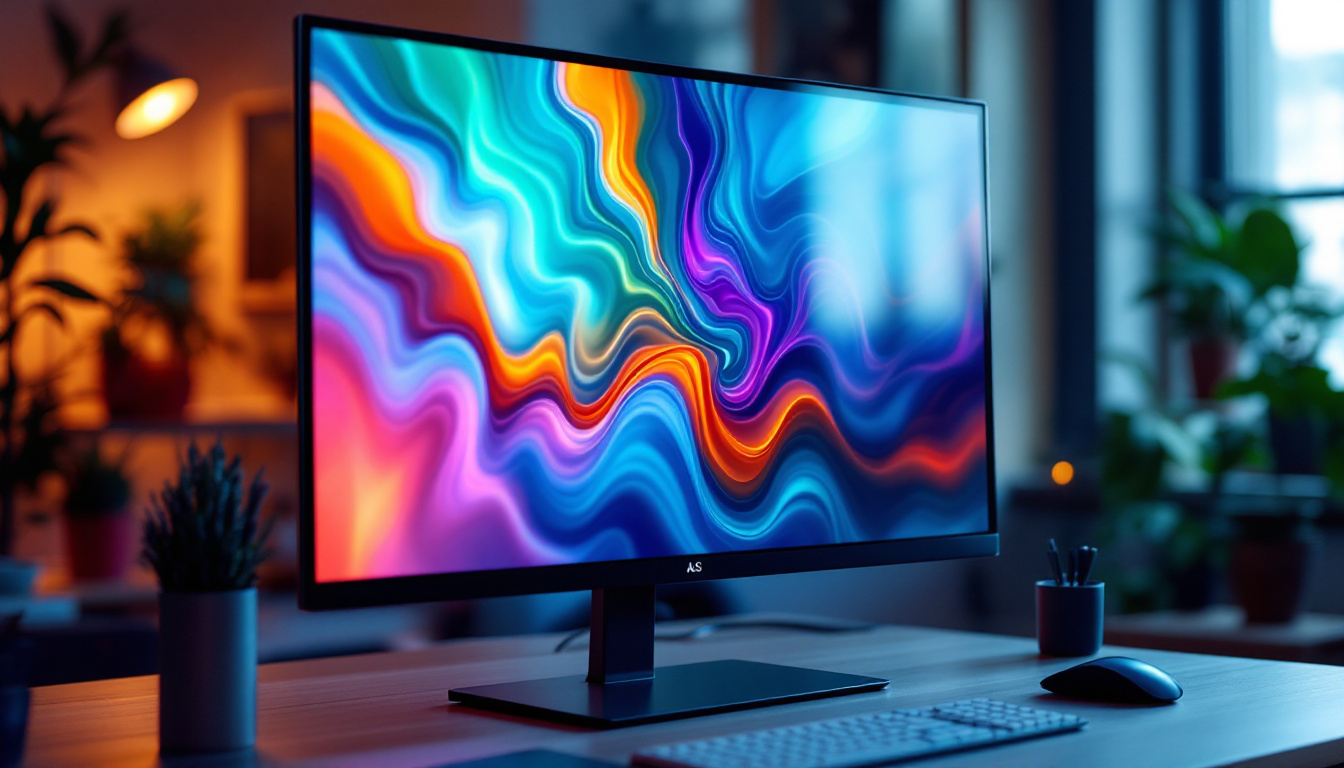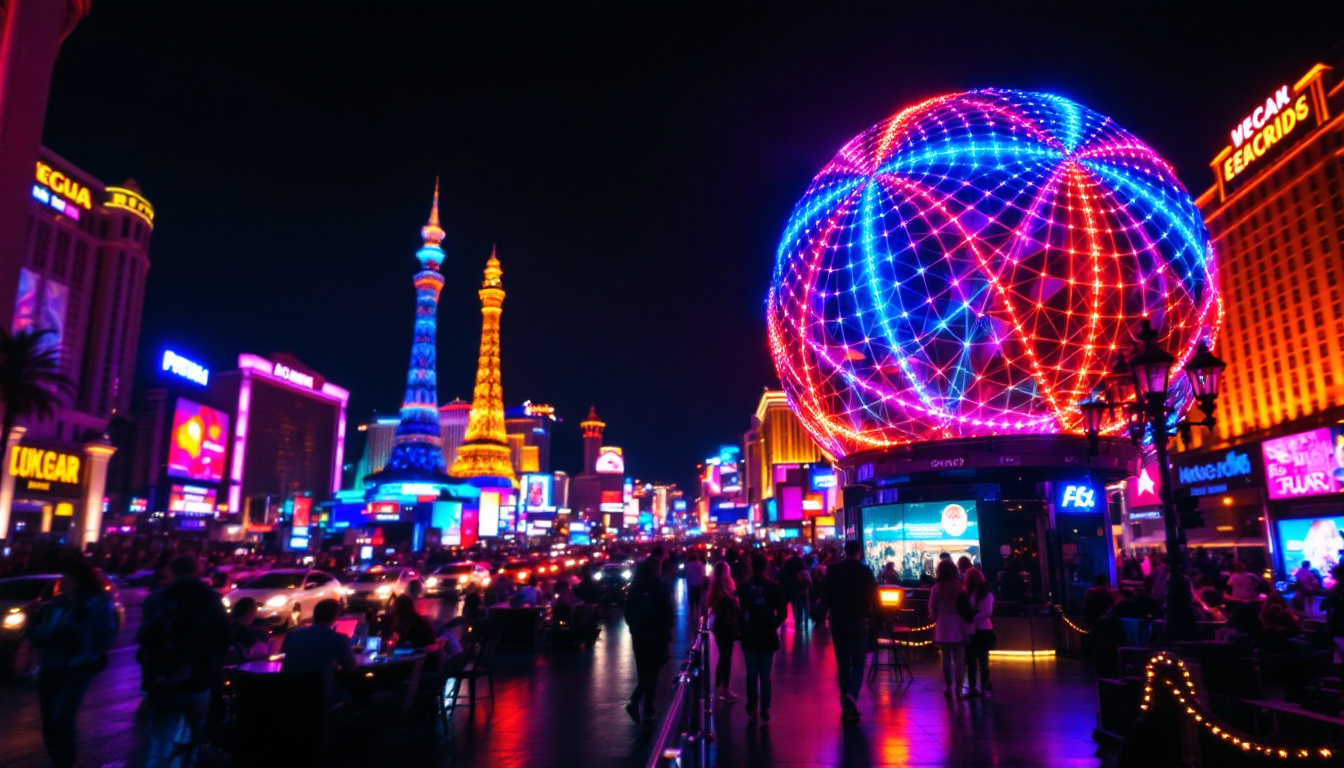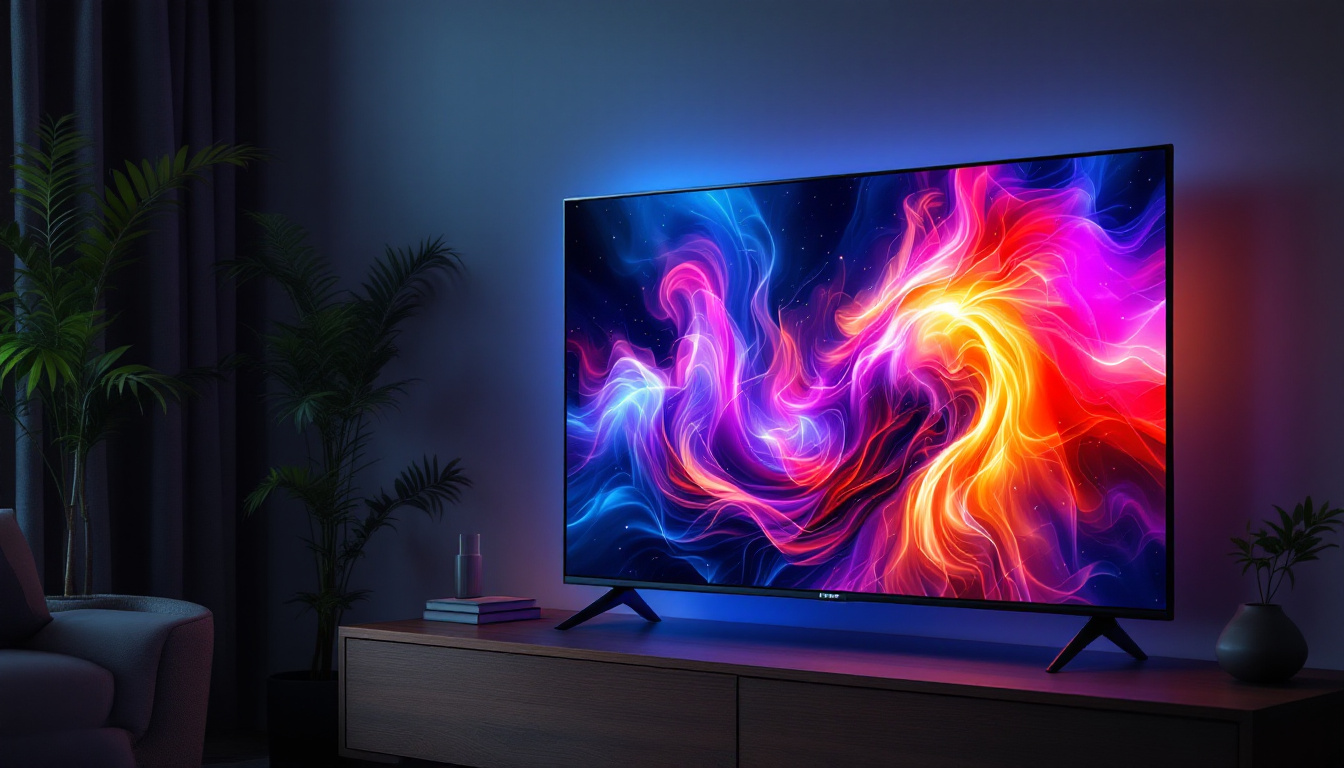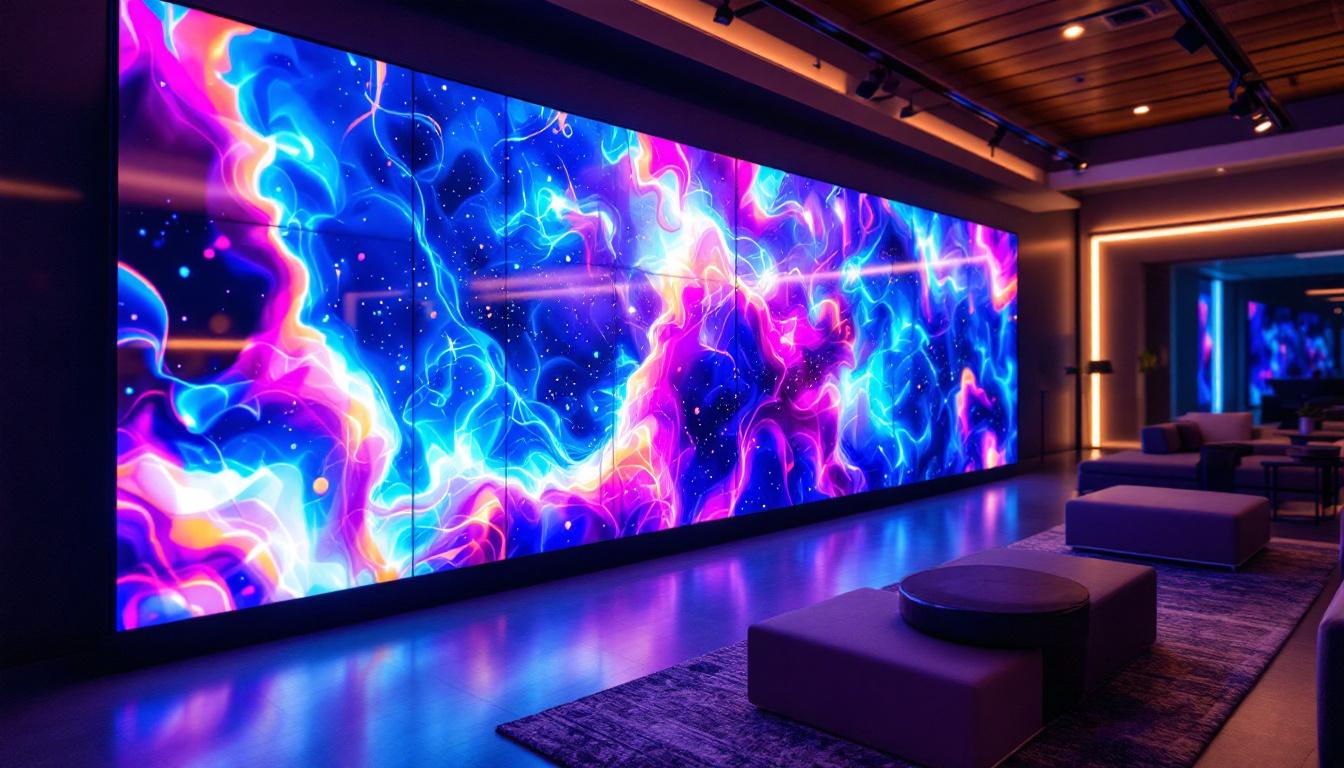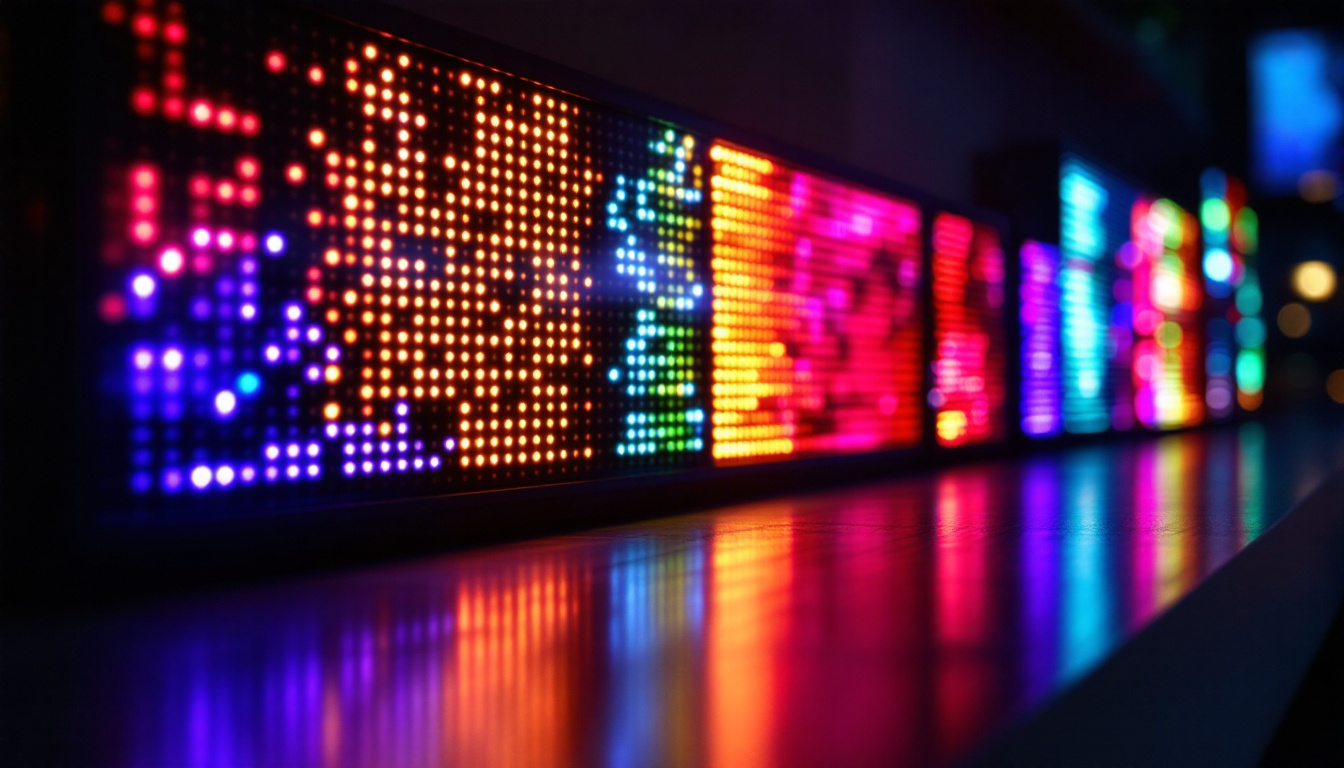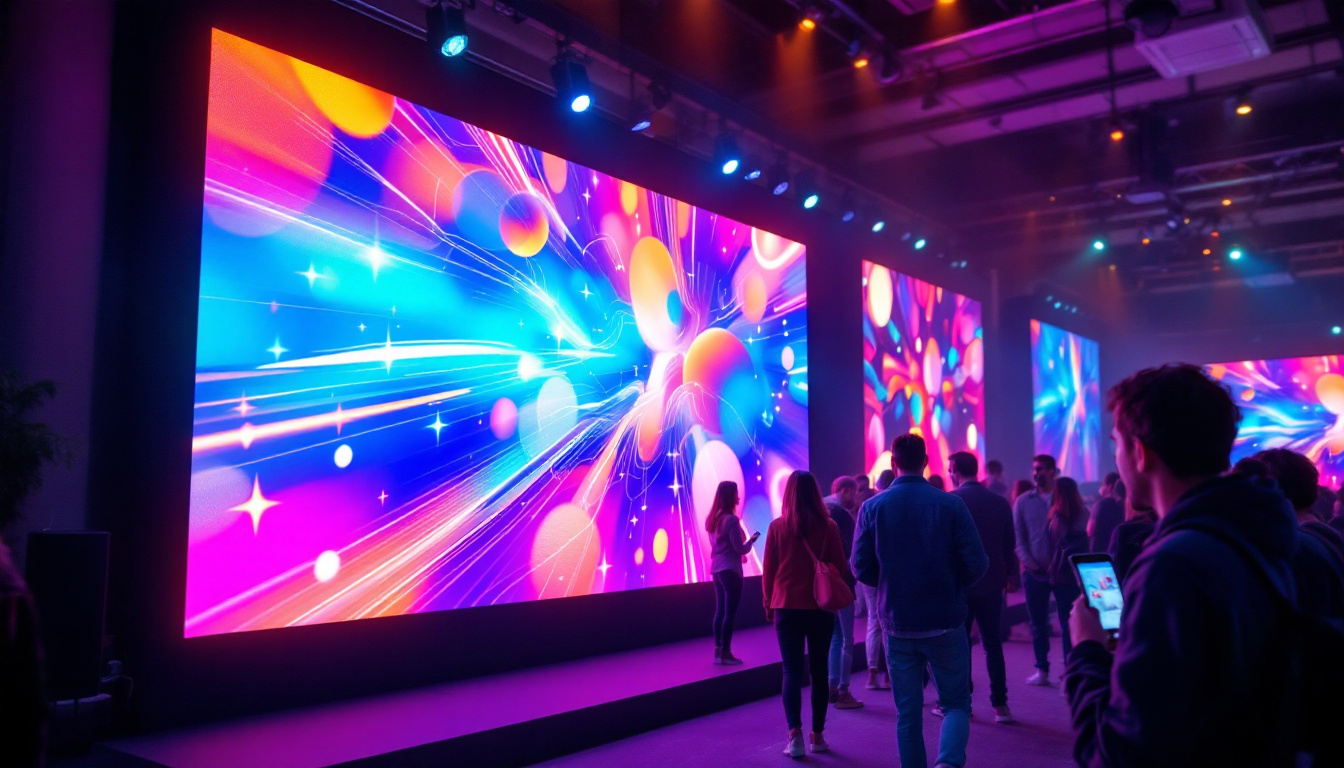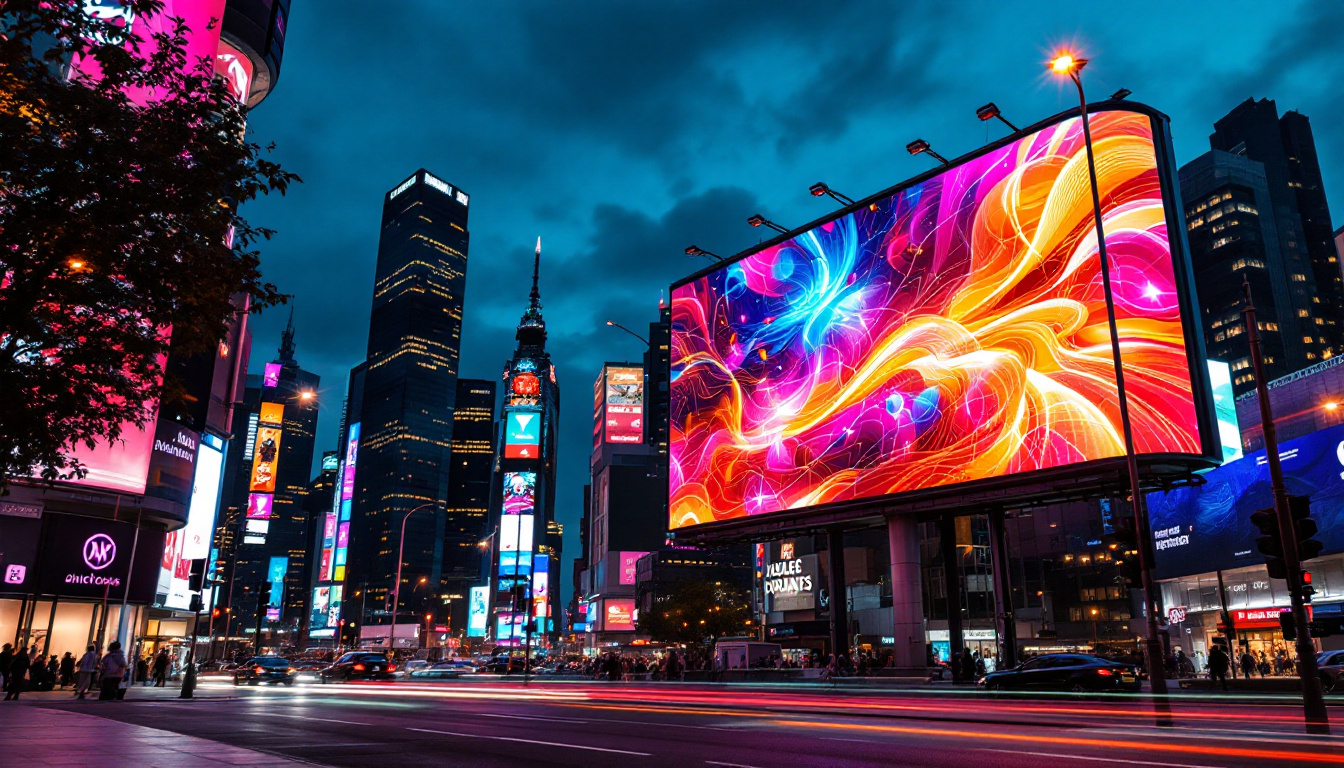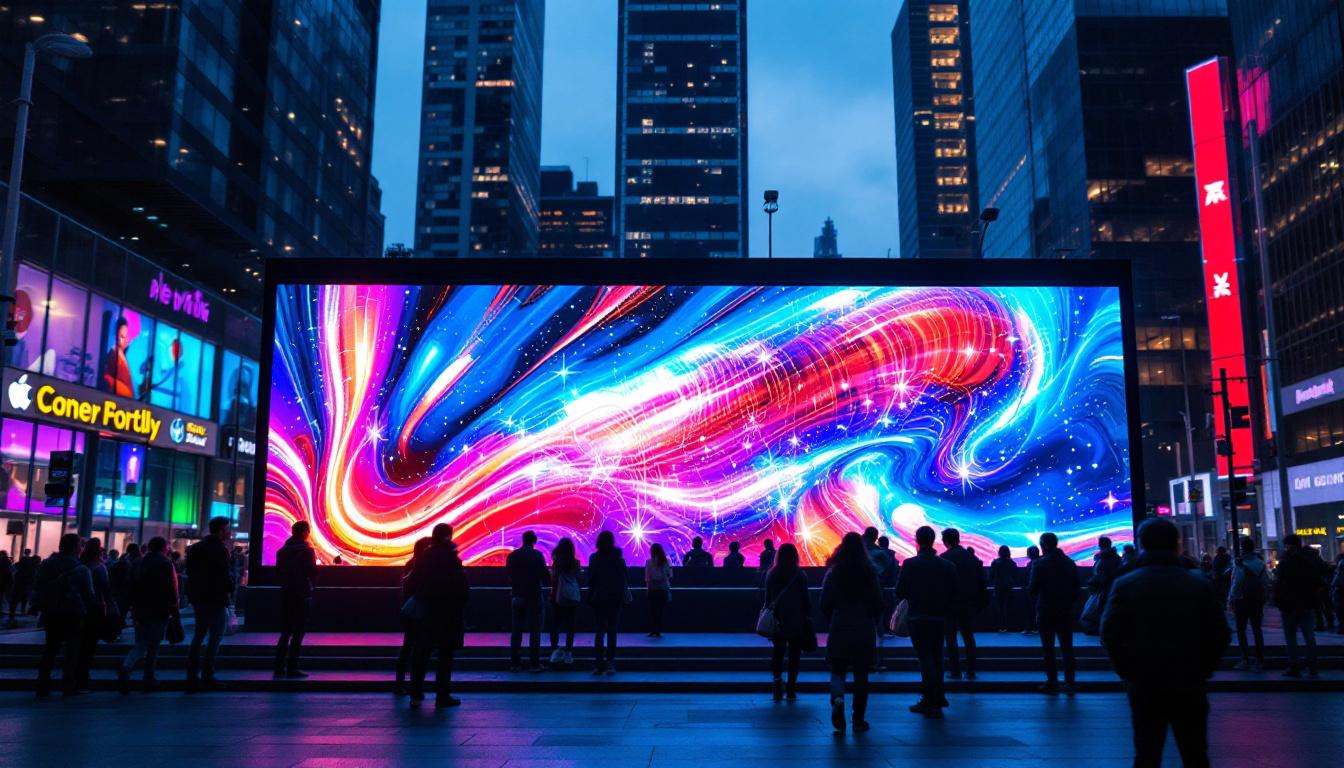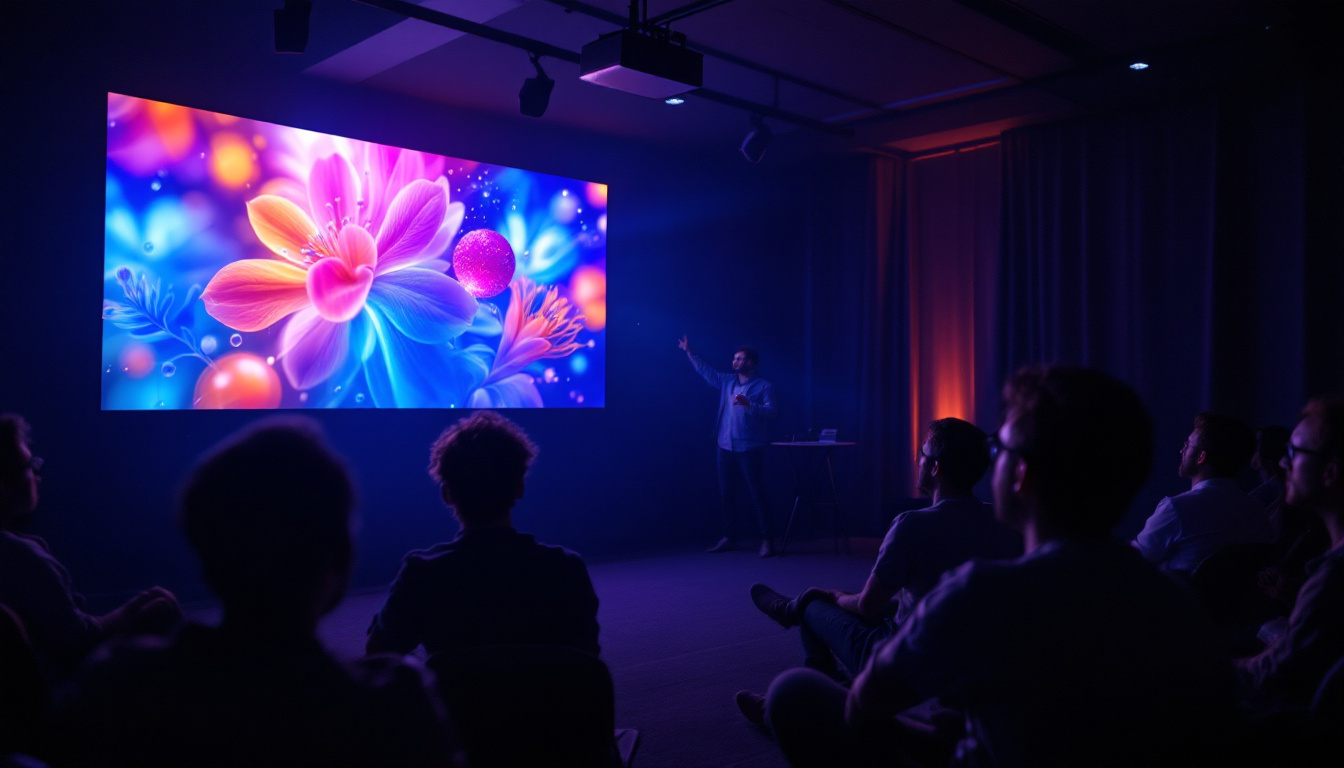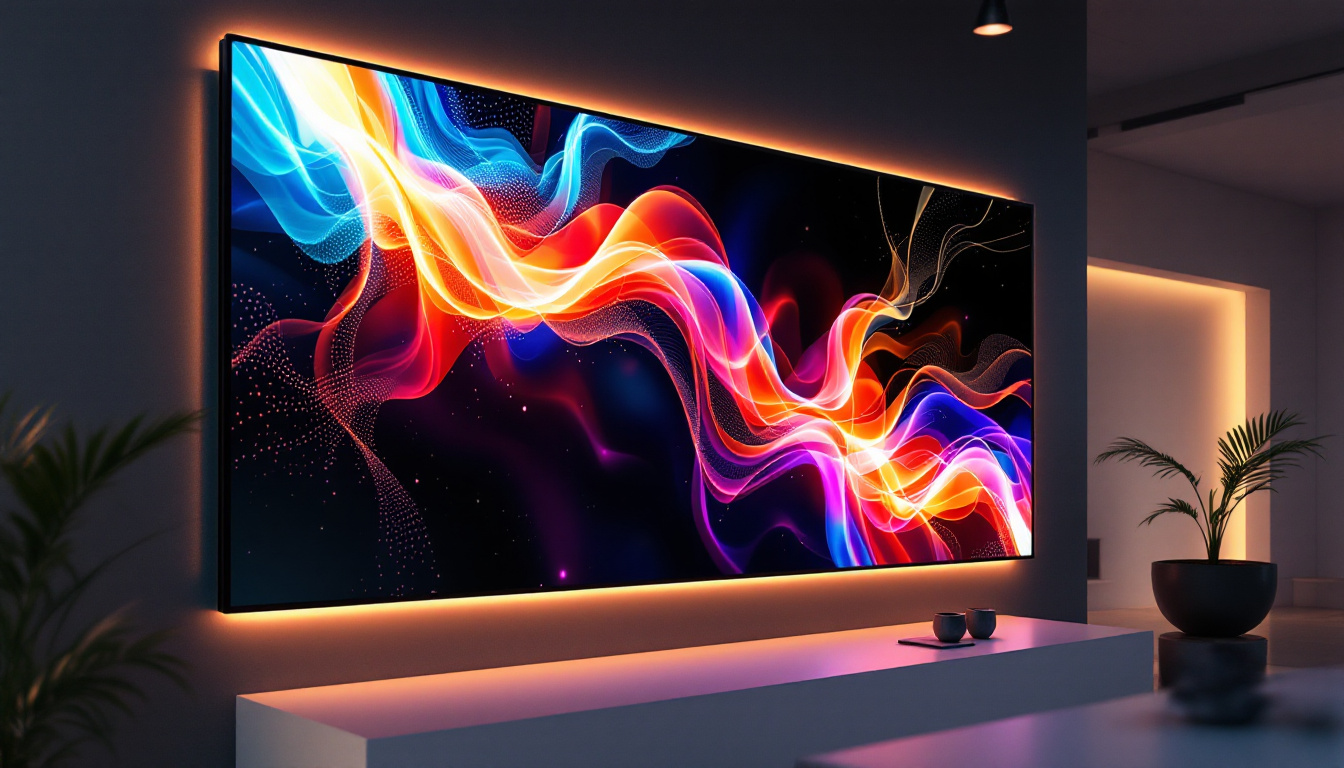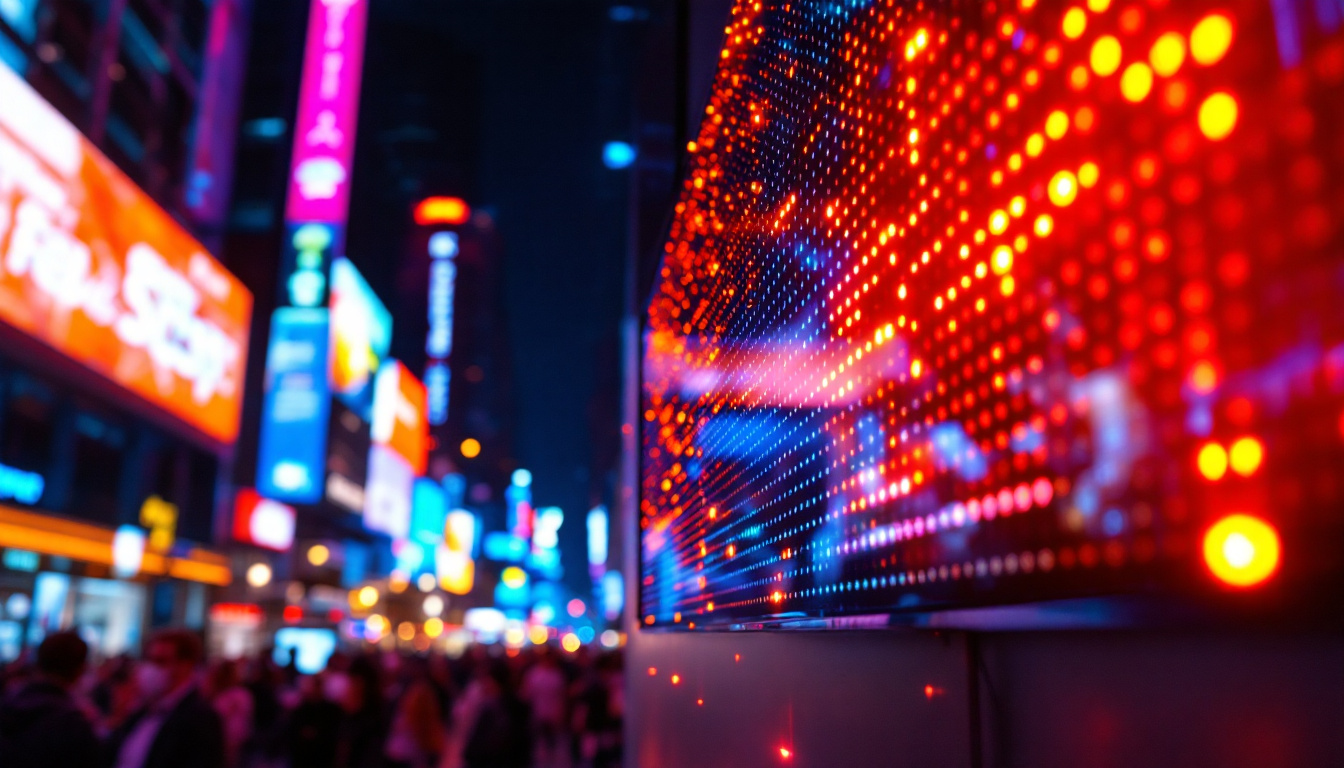In the realm of modern technology, digital displays have revolutionized the way information is presented and consumed. Among the various types of digital displays, LED (Light Emitting Diode) displays stand out due to their versatility, efficiency, and vibrant color reproduction. This article delves into the intricacies of LED displays, exploring their technology, applications, advantages, and future prospects.
Understanding LED Technology
At the core of LED displays is the technology that powers them. LED displays utilize semiconductor diodes that emit light when an electric current passes through them. This fundamental principle is what makes LEDs efficient and effective for various applications. The longevity and low energy consumption of LEDs have revolutionized the way we think about lighting and display technology, making them a popular choice in both consumer electronics and industrial applications.
The Basics of LED Functionality
LEDs are made from materials known as semiconductors, which have properties between conductors and insulators. When a voltage is applied, electrons move through the semiconductor and recombine with electron holes, releasing energy in the form of light. This process is known as electroluminescence. The color of the emitted light depends on the materials used in the semiconductor. For instance, using gallium nitride can produce blue light, while gallium phosphide can yield green light. This versatility in material choice allows for a broad spectrum of colors to be achieved, which is essential for creating vibrant displays.
In LED displays, multiple diodes are arranged in a matrix to create images or text. These diodes can be combined to produce a wide range of colors, making them suitable for various visual applications. The most common combinations are red, green, and blue (RGB), which can blend to create millions of colors. This RGB model is not only fundamental to LED technology but also serves as the basis for color mixing in digital imaging, allowing for stunning visuals in everything from smartphones to massive outdoor screens.
Types of LED Displays
LED displays come in several types, each tailored for specific uses. The two primary categories are:
- Direct View LED Displays: These displays are composed of individual LED modules that form the entire screen. They are commonly used in large outdoor billboards and indoor screens. The ability to create large, seamless displays makes them ideal for advertising and public information systems, where visibility and brightness are crucial.
- LED Backlit Displays: Here, LEDs are used as a backlight for LCD screens. This technology enhances brightness and color accuracy, commonly found in televisions and computer monitors. The introduction of local dimming in LED backlit displays further improves contrast ratios, allowing for deeper blacks and more vivid colors, enhancing the viewing experience for movies and gaming.
In addition to these primary types, there are also specialized LED displays designed for specific environments. For example, transparent LED displays are gaining popularity in retail settings, allowing for eye-catching advertisements while maintaining visibility through the glass. Similarly, flexible LED displays are emerging, enabling curved or irregular shapes that can fit into unique architectural designs. These innovations demonstrate the adaptability of LED technology, catering to the evolving needs of modern design and functionality.
Applications of LED Displays
LED displays are ubiquitous in today’s digital landscape, finding applications across various sectors. Their ability to deliver high-quality visuals makes them a preferred choice for numerous industries.
Advertising and Marketing
One of the most prominent uses of LED displays is in advertising. Billboards and digital signage utilize LED technology to capture attention with dynamic content. The brightness and vibrancy of LED displays ensure that advertisements are visible even in direct sunlight, making them effective for outdoor marketing campaigns.
Moreover, the programmability of LED displays allows businesses to change their messages in real-time, enabling targeted advertising based on time of day, audience demographics, or special events. This flexibility not only maximizes engagement but also allows for A/B testing of different advertisements to determine which resonates best with consumers. As a result, businesses can optimize their marketing strategies and increase return on investment.
Entertainment and Events
In the entertainment industry, LED displays have transformed the way audiences experience concerts, sports events, and theatrical performances. Large LED screens are often used to provide live feeds, enhancing the viewing experience for attendees far from the stage.
Additionally, LED technology is employed in stage design, creating vibrant backdrops and effects that can be synchronized with performances, adding a new dimension to live entertainment. The versatility of LED displays allows for creative storytelling through visuals, enabling artists to convey emotions and themes in innovative ways. Furthermore, advancements in LED technology have led to the development of flexible and transparent displays, which can be integrated into various surfaces, opening up new possibilities for immersive experiences in theme parks and exhibitions.
Transportation and Public Information
LED displays are also crucial in the transportation sector. They are used in traffic signals, electronic billboards, and information displays at airports and train stations. These displays provide real-time updates on schedules, delays, and other important information, improving the efficiency of public transport systems.
Furthermore, LED technology is employed in vehicles, such as dashboard displays and rear lights, enhancing safety and communication on the road. The integration of LED displays in vehicles not only improves visibility for drivers and pedestrians but also supports advanced driver-assistance systems (ADAS). These systems utilize LED displays to convey critical information, such as navigation prompts and safety alerts, thereby contributing to a safer driving environment. In urban areas, smart LED displays can also interact with traffic management systems, helping to reduce congestion and improve overall traffic flow.
Advantages of LED Displays
The rise of LED displays can be attributed to their numerous advantages over traditional display technologies. Understanding these benefits is essential for businesses and individuals considering an investment in LED technology.
Energy Efficiency
One of the standout features of LED displays is their energy efficiency. Compared to traditional incandescent or fluorescent lighting, LEDs consume significantly less power. This not only reduces electricity costs but also contributes to environmental sustainability by lowering carbon footprints.
Moreover, the longevity of LED technology means that they require less frequent replacements, further reducing waste and maintenance costs.
High Brightness and Visibility
LED displays are renowned for their high brightness levels, making them suitable for both indoor and outdoor environments. This characteristic ensures that images and text remain clear and visible, regardless of ambient lighting conditions.
The wide viewing angles of LED displays also enhance visibility, allowing viewers to see content from various positions without losing image quality.
Durability and Reliability
LED displays are built to withstand various environmental conditions, making them highly durable. Unlike traditional displays, which may be fragile and prone to damage, LED technology is robust and can endure exposure to weather elements, vibrations, and impacts.
This durability translates to lower maintenance costs and a longer lifespan, making LED displays a wise investment for businesses and organizations.
Challenges and Considerations
While LED displays offer numerous advantages, there are also challenges and considerations that potential users should keep in mind. Understanding these factors can help in making informed decisions.
Initial Costs
The initial investment for LED display technology can be higher than traditional display options. The cost of high-quality LED panels and installation can deter some businesses from making the switch. However, it is essential to consider the long-term savings in energy and maintenance costs, which can offset the initial expenditure over time.
Content Management
Managing content on LED displays requires specialized software and skills. Businesses must invest in training staff or hiring experts to create and manage dynamic content effectively. This aspect can add to the overall cost and complexity of implementing LED technology.
Heat Generation
LED displays generate heat during operation, which can be a concern in certain environments. Adequate cooling systems may be necessary to prevent overheating, especially in large installations or confined spaces. This requirement can add to the operational costs and considerations for installation.
The Future of LED Displays
The future of LED displays looks promising, with ongoing advancements in technology and applications. As industries continue to evolve, LED technology will likely adapt to meet new demands and challenges.
Innovations in LED Technology
Research and development in LED technology are leading to innovations such as microLED and flexible displays. MicroLED technology promises to deliver even higher resolutions and improved color accuracy, while flexible displays open up new possibilities for design and applications, such as curved screens and wearable technology.
These innovations may further enhance the versatility and appeal of LED displays, making them an integral part of future digital experiences.
Integration with Smart Technology
As smart technology becomes increasingly prevalent, the integration of LED displays with IoT (Internet of Things) systems is expected to rise. This integration will enable real-time data sharing, personalized content delivery, and enhanced interactivity, creating a more engaging experience for users.
For example, smart LED displays in retail environments could adapt their content based on customer behavior, providing tailored promotions and information that enhance the shopping experience.
Sustainability Initiatives
With growing awareness of environmental issues, the focus on sustainability in LED technology is likely to intensify. Manufacturers are exploring ways to reduce the environmental impact of production and disposal processes. Initiatives such as recycling programs for old LED displays and the use of eco-friendly materials are expected to gain traction.
These sustainability efforts will not only benefit the environment but also appeal to consumers who prioritize eco-conscious choices in their purchasing decisions.
Conclusion
LED displays have transformed the landscape of digital communication, offering unparalleled brightness, efficiency, and versatility. From advertising to entertainment and public information, their applications are vast and varied. While there are challenges to consider, the advantages of LED technology often outweigh the drawbacks, making it a compelling choice for businesses and organizations.
As technology continues to advance, the future of LED displays is bright, with innovations on the horizon that promise to enhance their capabilities even further. Embracing this technology not only positions businesses at the forefront of digital communication but also contributes to a more sustainable and connected world.
Explore the Future of Visual Communication with LumenMatrix
Ready to elevate your digital communication with vibrant, energy-efficient, and versatile LED displays? Discover LumenMatrix’s innovative solutions, including Indoor and Outdoor LED Wall Displays, Vehicle LED Displays, LED Poster Displays, LED Sports Displays, Floor LED Displays, Custom LED Displays, All-in-One LED Displays, and LED Transparent Displays. Join the visual revolution and check out LumenMatrix LED Display Solutions today to create captivating visual experiences that engage and inspire.

